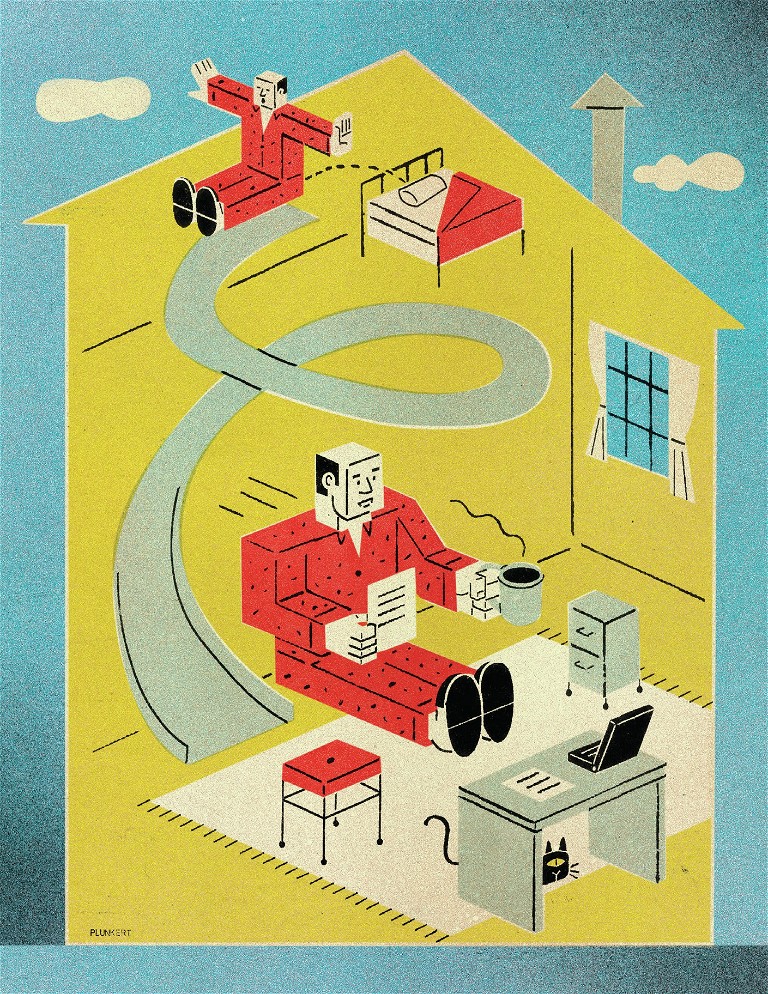Battling burnout
Working remotely during COVID-19 has disrupted work-life balance and upped stress levels for a nation of professionals. These habits can help reestablish lines and restore harmony. By Brian Keagy
By Brian Keagy

One of the most prominent workplace developments amid the coronavirus (COVID-19) pandemic in 2020 has been the proliferation of remote work. For many employees, the freedom to skip that rush-hour drive, throw on a T-shirt and work in the comfort of their homes has been a welcome change. But adapting to this new normal isn’t without legitimate pitfalls.
A July 2020 study conducted by FlexJobs and Mental Health America (MHA) reveals that 75% of Americans have dealt with burnout related to work. Another 40% link burnout specifically to working during the pandemic. With the lines between work and home now blurred or completely obliterated, professionals nationwide are having difficulty preserving work-life boundaries.
As the pandemic’s effects drag continues, the added stress caused by remote work most likely isn’t going anywhere. Initiating a handful of key lifestyle changes can help restore a healthy balance.
Separate work from home life.
It’s vital to maintain a separation between time allotted for work and everyday responsibilities around the home. While sticking to a 9-to-5 schedule might prove difficult, focus on work tasks and productivity during your designated working hours and don’t allow them to creep into time for family or yourself. Make sure to switch off email and work alerts, while letting your manager and coworkers know when you will be unavailable.
Establish boundaries.
For many of us, consistent work productivity can be linked to routines that were disrupted by the transition from the workplace to the home. Jumping in the shower and dressing for work every morning can place you in the right mental space to be productive. If you have the available room, set up a home workspace away from televisions, shared family areas and other distractions. The goal always should be to maximize work time.
Diving into hobbies and activities can help you stick to time away from work.
Make time for hobbies and leisure activities.
Diving into hobbies and activities can help you stick to time away from work. The Mayo Clinic suggests stress-alleviating pursuits such as meditation, yoga or tai chi. Physical exercise of any type can contribute to physical and mental well-being. Stay connected to friends and family by scheduling video chats or designating personal time.
What if you’re still experiencing symptoms of burnout, despite your best efforts? Take the initiative to reach out to family, friends and coworkers for help or advice. MHA also offers an anonymous mental health screen on their website that can help you verify if you’re suffering from evidence of declining mental health.